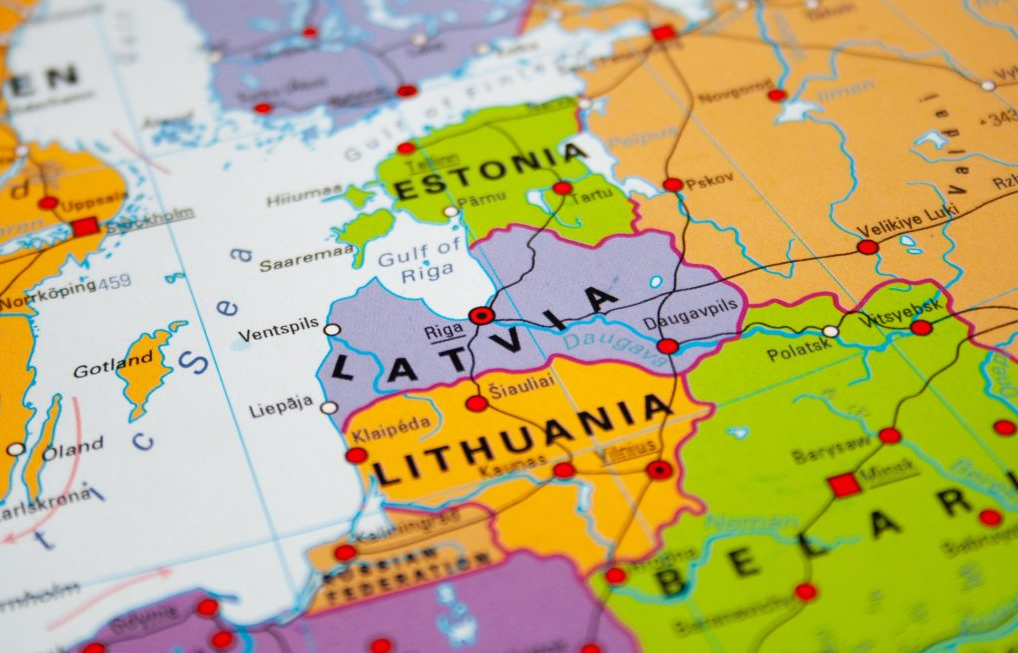They Fired Pioruns Near Russia. Three Targets. Three Hits.
Others are reading now
Russia’s invasion of Ukraine has forced many countries in Europe to rethink their defense strategies.
Estonia is one of them. As a small country bordering Russia, it has been quickly strengthening its military.
That includes buying modern weapons from trusted partners. One of those weapons is the Polish-made Piorun missile system, reports WP.
On May 21, Estonia’s armed forces teamed up with Poland’s Mesko company to test the Piorun systems.
Also read
The live-fire exercise took place at the Rutja training ground in northern Estonia, not far from the Russian border.
Estonian soldiers fired at three airborne targets. All three were hit. The system performed exactly as expected.
Estonia purchased the Piorun systems in September 2022. The deal was worth 103 million euros.
Deliveries began in early 2024. Since then, Estonia has been training its soldiers to use the system. The recent test was part of this process.
Piorun is a portable anti-air missile system made for hitting targets like helicopters, drones, or low-flying aircraft.
It was added to the Polish Army in 2019. The system is an upgraded version of the older Grom missiles, which were based on Soviet designs from the 1990s. Piorun is completely Polish-made.
The missile can hit targets as far as 6.5 kilometers away and up to 4 kilometers high.
It uses a fragmentation warhead with a proximity fuse to destroy its target. What makes Piorun stand out is its guidance system.
It uses both infrared and ultraviolet sensors. That makes it harder for enemy aircraft to escape by using flares or other countermeasures.
Other systems, like France’s Mistral-3, offer more advanced features like imaging sensors, but they are also much more expensive.
Piorun offers a solid balance between performance and cost. That’s why it’s becoming popular abroad. Ten countries have bought it so far, not including Poland.
Estonia’s successful test shows the system is ready to use in real situations.
It’s also a sign that countries near Russia are serious about strengthening their air defenses—quickly and effectively.


